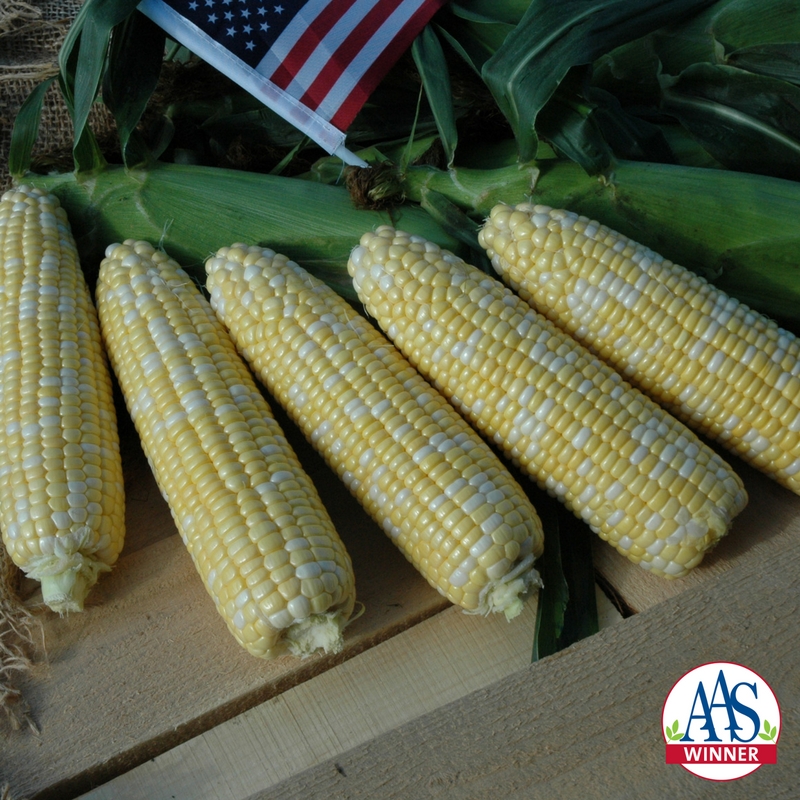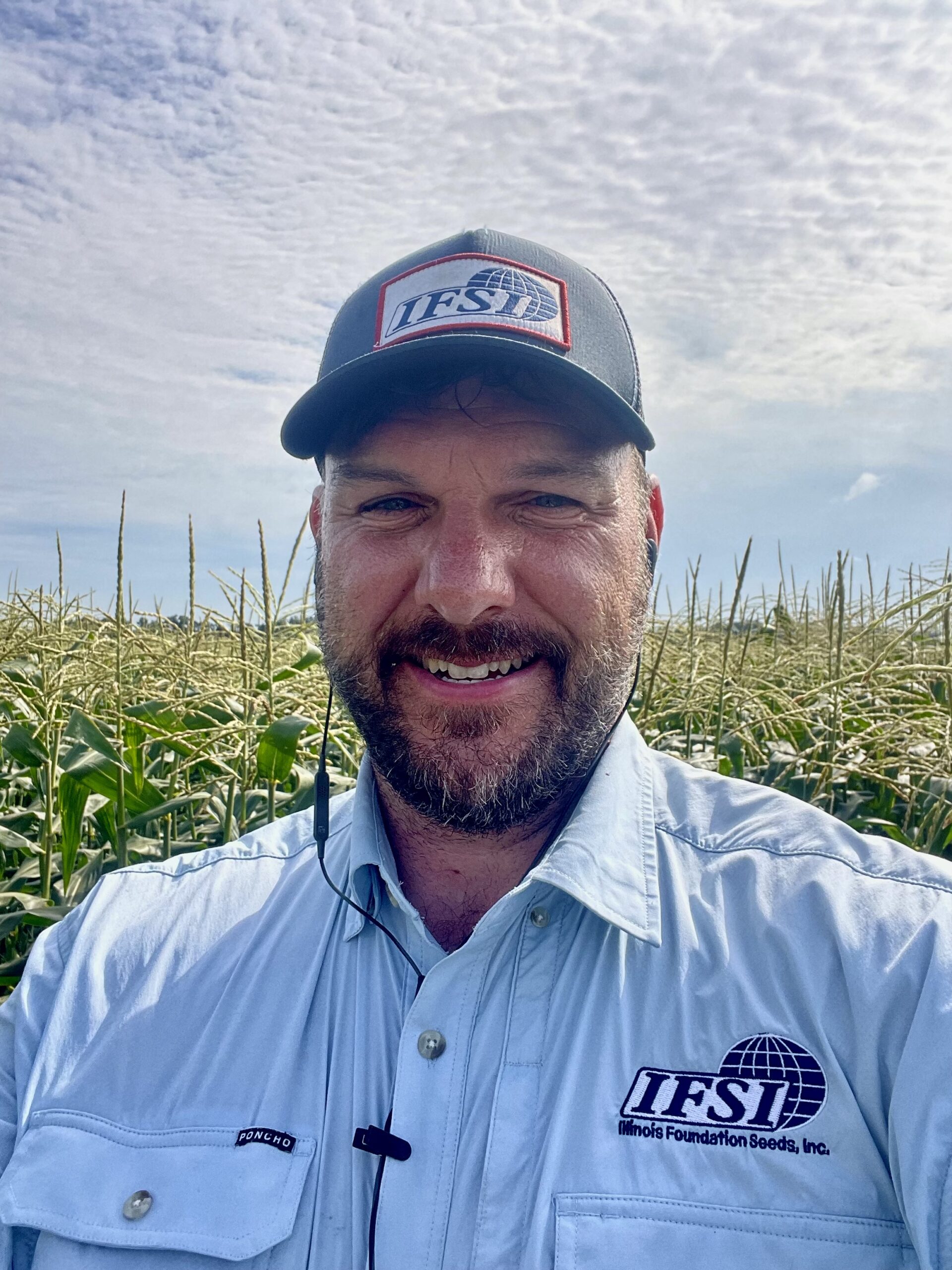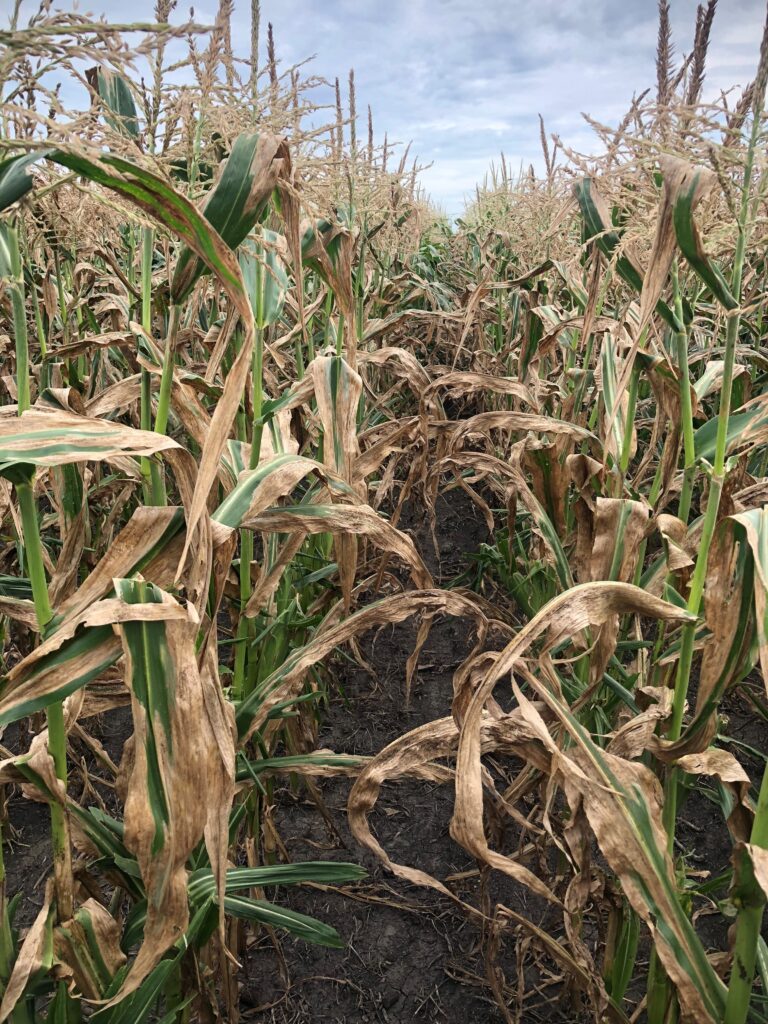
Isn’t all sweet corn the same?
This is a comment I hear quite often, but workers in the sweet corn industry will tell you that there are many differences between sweet corn varieties. To the lay-person, these differences probably seem inconsequential, but to a sweet corn breeder and a seed company, these small differences could give us a competitive edge. This article will delve into the various types of sweet corn endosperms, serving as an extension to Charlie Thompson’s piece titled “Five Factors to Consider When Choosing Roadside Sweet Corn Varieties” released on January 17th, 2024.
A long, long time ago… actually we don’t know how long ago because it was before written language, ancient Americans domesticated our modern-day corn. Scientists believe that corn was domesticated at least 9,000 years ago. Over these 9 millennia, ancient Americans were selecting for traits that gave us the diverse assortment of corn we find today in “Landrace” varieties.
So, what created this diversity? Every time new life is created, spontaneous, naturally-occurring mutations (errors in DNA replication) and recombination (DNA segment exchange) occur. Mostly, these mutations are “silent” and go unnoticed. But, every once in a while, something unique is created, like the sugary-1 gene. So why were ancient Americans attracted to this sugary-sweet mutation? Probably for the same reason we like sweet foods. No one really knows how long sweet corn, or sugar corn, has been around, but we do know that it was special enough to be passed on through generations to our dinner table today.
In the sweet corn industry, there are three main endosperm types/mutations that differentiate sweet corn from the starchy field corn. They are sugary-1 (su1), shrunken-2 (sh2), and sugary-enhancer (se1). Other uncommon mutations are sugary-2 (su2), shrunken-1 (sh1), and brittle-1 and -2 (bt1; bt2). All of these sweet corn mutations occur in genes that affect starch biosynthesis, thus reducing starch and allowing sugars and other starch precursors to accumulate.
Before I describe the mutations, a brief introduction of sugar and starch in plants. I like to think of plants as nature’s solar-powered sugar factories. Through a chemical process called photosynthesis, plants take sunlight, water, and carbon dioxide and produce glucose (sugar) and oxygen. Glucose is the basic unit of energy for cells and is used for many cellular activities such as growth and development, producing amino acids and proteins, signaling, and immune responses among many others. Starch is composed of glucose units by the plant for long-term storage of energy. Starch in plants is analogous to fat in animals.
Su1 or sugary, first described by C. Correns in 1901 (1). The su1 mutation is found in the corn that the native Americans were eating. This mutation reduces the activity of Isoamylase I, a debranching enzyme necessary for the formation of starch. This mutation only slightly increases sugar content compared to the non-mutant starchy corn, but severely down regulates starch debranching. This leaves an intermediate, highly-branched, water-soluble starch called phytoglycogen, which gives this corn a sticky, creamy texture. Su1 corn deteriorates rapidly after harvest and has a short harvest window of just a couple of days. This is the reason you may have heard that you need to have a pot of water boiling before you pick the corn! It is valued for its “old-fashioned” corn flavor and texture. You can still buy varieties of this corn type today.
Sh2 or shrunken-2, first described by John Laughnan at the University of Illinois in 1953 (3). It causes an almost complete loss of function of the enzyme ADP glucose pyrophosphorylase, which is necessary to convert glucose to starch. This mutation produces kernels with four to ten times more sugar than the sugary mutation and these varieties are appropriately called “super-sweets”. The lack of starch in the kernel causes these kernels to shrink and collapse when drying, hence the name “shrunken”. The first sh2 variety was “Illini Chief”, released in 1961. However, this type of sweet corn was difficult to produce because of poor seed germination. In 1968, Illinois Foundation Seeds, Inc. released “Illini Xtra Sweet”, which had improved germination, and became the first company to market this new type of sweet corn. The sh2 sweet corn has casually been referred to as “watery-sweet” due to the lack of phytoglycogen you find in the sugary varieties. However, the sh2 mutation drastically extends the shelf-life and harvest window of sweet corn. Sh2 corn can be kept in refrigeration for up to one month and still remain sweet. Because if this, almost all sweet corn sold in supermarkets today is sh2. Breeders have made drastic improvements to the tenderness and seedling vigor/germination of shrunken-2 corn since its release. Because sh2 is a different mutation, you cannot let it cross-pollinate with su1 corn or you will get starchy field corn.
Se1 or sugary-enhanced, first described by A.M. “Dusty” Rhodes at the University of Illinois in 1974 (2). He was looking for corn that was more tender than the super-sweets and had the creamy texture of the sugary hybrids. What he found had both, and it was sweeter than the sugary varieties, but not as sweet as the super-sweets. The function of this mutation is still undefined (4). But what we know is that it is a gene deletion and a recessive modifier of the sugary1 mutation. Therefore it “enhances” su1 by further reducing starch accumulation. Sugary-enhanced varieties are more tender, and sweeter, but retain the creamy texture of the sugary types. The shelf-life, however, is still reduced in comparison to sh2.
An additional type of sweet corn that is not due to a new mutation, is called synergistic (SY). Synergistic varieties combine the three mutations, using traditional breeding techniques, onto a single ear. This type of corn will have 25% sh2 kernels and 75% se1 kernels (which includes the su1 gene) to provide a fiesta of flavor, sweetness, and creamy texture. Breeders have more recently released some synergistic varieties that now have closer to 50:50 sh2 and se1 kernels, but shelf-life is still shortened due to the se1 kernels.

As a sweet corn breeder, I get the privilege of taste-tasting thousands of sweet corn varieties every year. And I can definitively tell you that not all sweet corn tastes the same. My team has tasted flavors of buttered popcorn, vanilla, cotton candy, fruit loops, coconut, orange juice, peanut butter, black pepper, paper and grass. Unfortunately, or fortunately, these flavors are not repeatable in different environments and years, and they often disappear after the corn is cooked. The differences in canned corn are even more subtle, as the brine over-powers a lot of the flavor. Breeders have worked hard to improve the sweetness and tenderness of sweet corn. A great sweet corn variety will need nothing added to it to taste great, no salt or pepper or butter. And, because they are more tender, they can be eaten fresh! Many consumers never think of eating sweet corn fresh, but it’s just like any other vegetable. Trust me, I taste-test thousands of fresh ears every year and you will experience a different flavor and texture if you eat sweet corn fresh. I hope this article helps you understand that not all sweet corn is the same, and if you like corn you should spend some time trying different varieties until you find one you like.
- Dinges, Jason R., C. Colleoni, A. M. Myers, and M. G. James. Molecular Structure of Three Mutations at the Maize sugary1 Locus and Their Allele-Specific Phenotypic Effects. Plant Physiol. 125(3), 1406-1418 (2001).
- Gonzales, J. W., A. M. Rhodes, and D. B. Dickinson. A new inbred with high sugar content in sweet corn. HortScience 9, 79–80 (1974).
- Laughnan, John R. The Effect of the sh2 Factor on Carbohydrate Reserves in the Mature Endosperm of Maize. Genetics 38(5), 485-499 (1953).
- Zhang, Xia, K. J. Haro von Mogel, V. S. Lor, C. N. Hirsch, B. De Vries, H. F. Kaeppler, W. F. Tracy, and S. M. Kaeppler. Maize sugary enhancer1 (se1) is a gene affecting endosperm starch metabolism. PNAS 116, 20776-20785 (2019).




